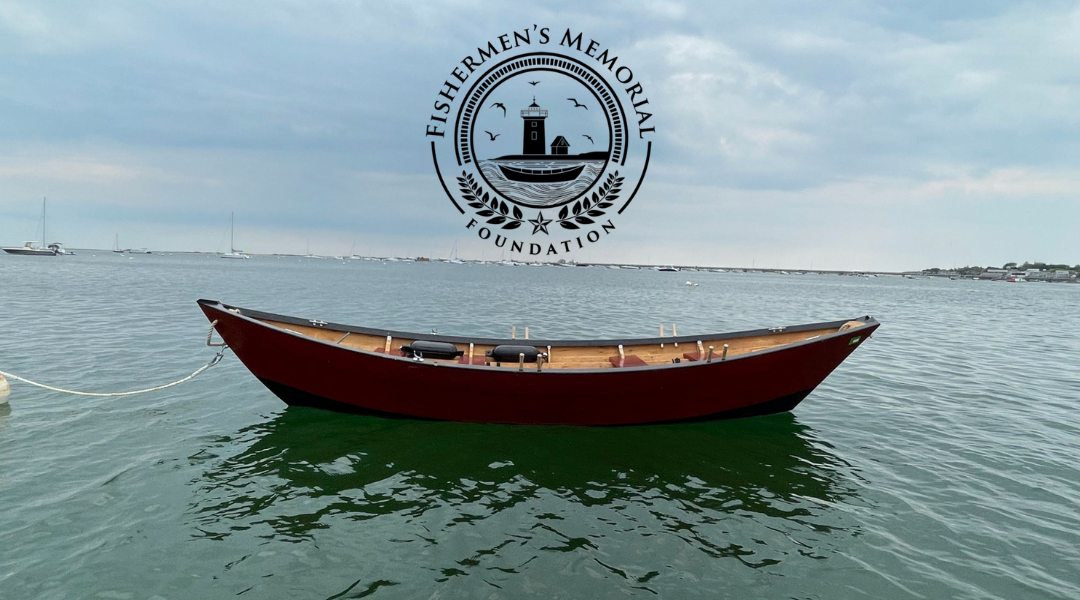
More Recent Provincetown News

The Fishermen’s Memorial Foundation is dedicated to honoring the men, women, and children from Provincetown and Truro who lost their lives to the sea. Through donations, fundraising, and grants, the Foundation is working to erect a bronze monument at...

Celebrate June in Provincetown! Where pride shines bright, theater dazzles, live music fills the air, and community thrives with international flair. Discover unforgettable moments in a vibrant seaside town that welcomes everyone with open arms, big hearts,...

The Provincetown Business Guild (PBG) proudly announces the return of Provincetown’s 8th Annual Pride Celebration, taking place June 6–8, 2025. This vibrant, three-day event honors the town’s rich LGBTQ+ heritage with a dynamic lineup of festivities,...


 Accommodations
Accommodations  Art
Art  Bars
Bars  Books
Books  Entertainment
Entertainment  Events
Events  Featured
Featured  Guides
Guides  History
History  Literary stuff
Literary stuff  Most Popular
Most Popular  Provincetown News
Provincetown News  Restaurants
Restaurants  Reviews
Reviews  Shopping
Shopping  Theatre
Theatre  Uncategorized
Uncategorized  Weed
Weed